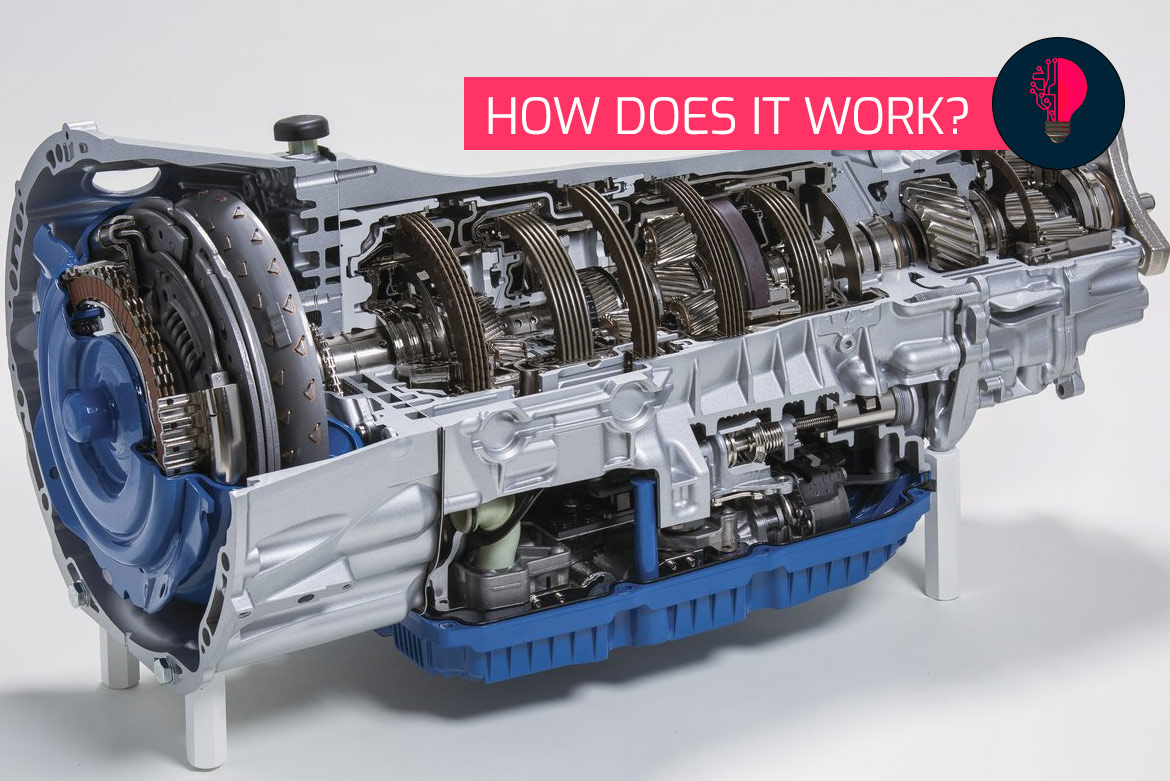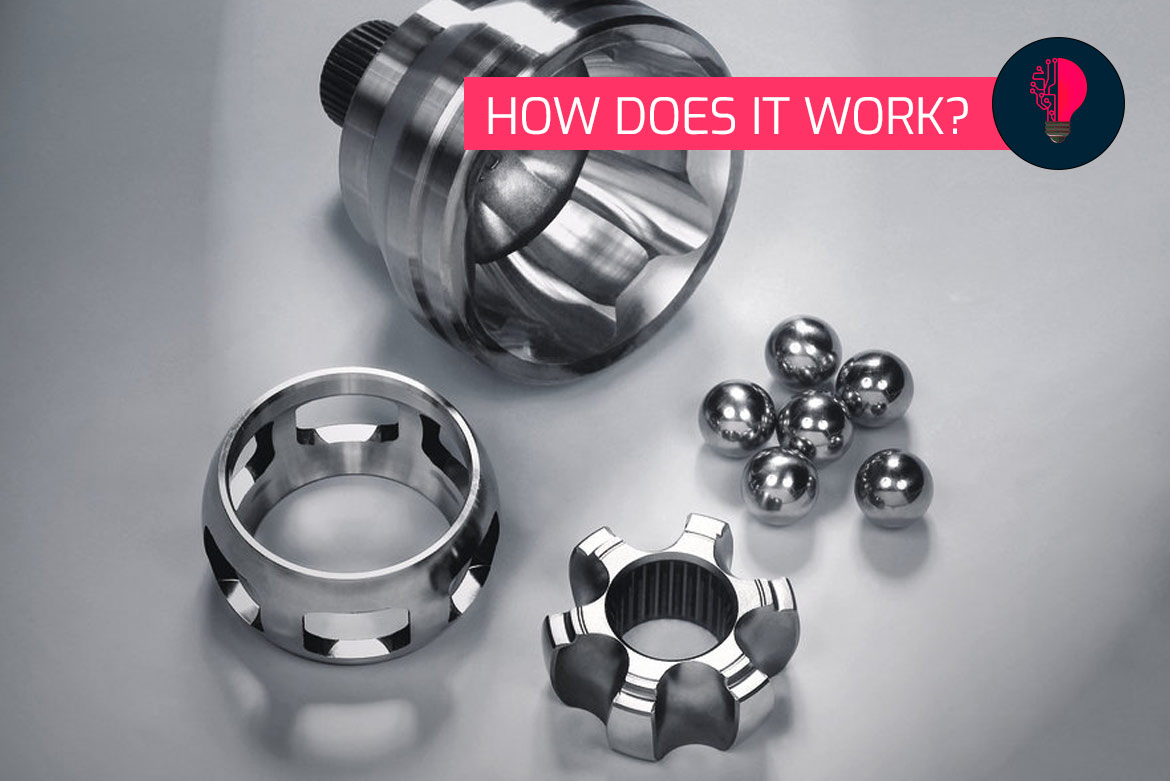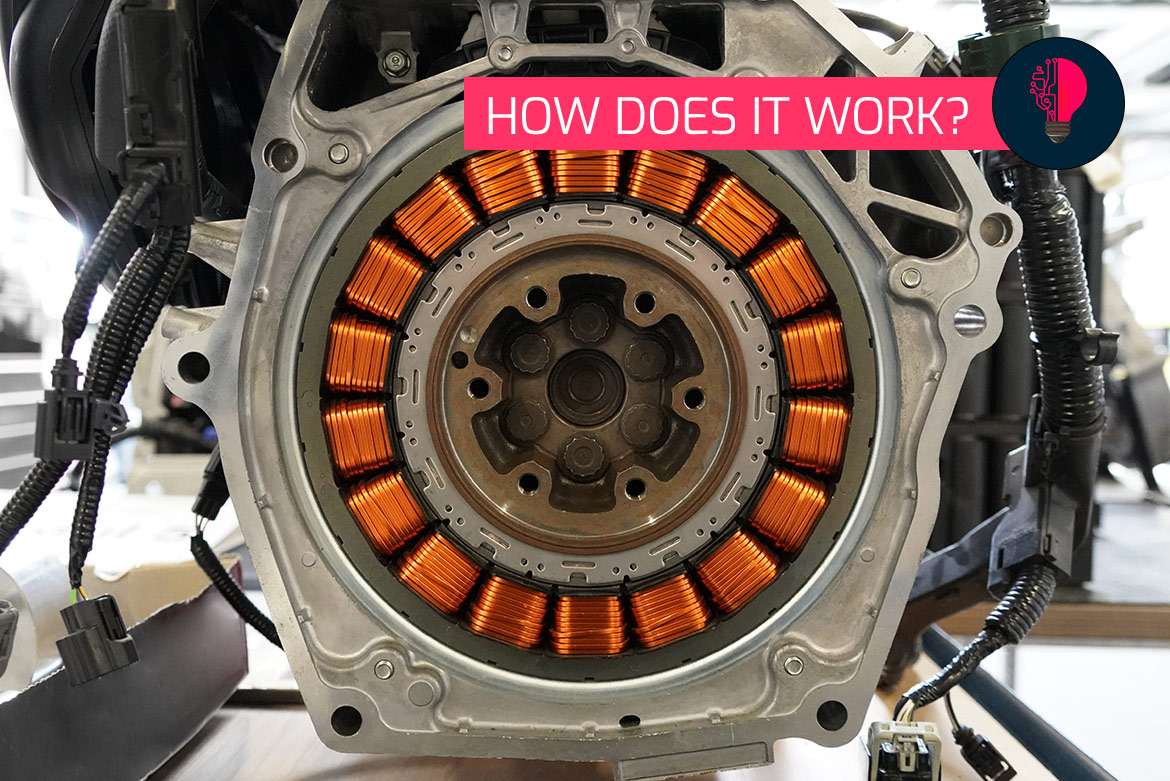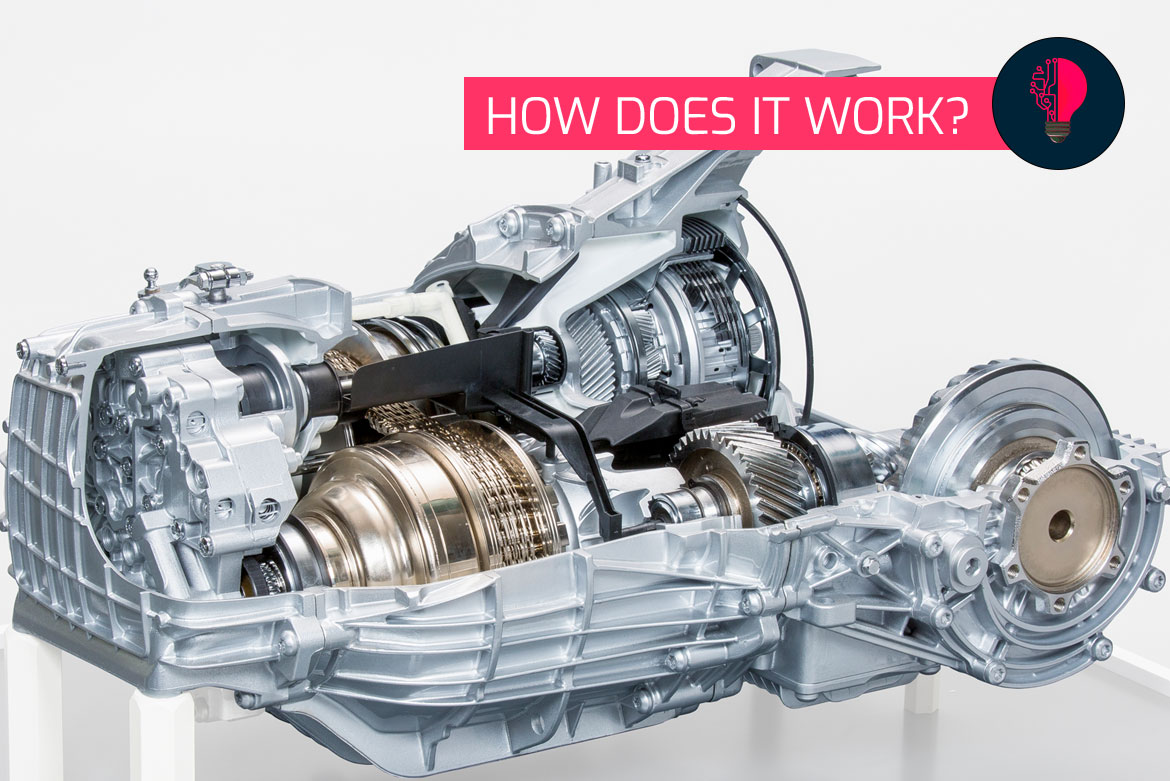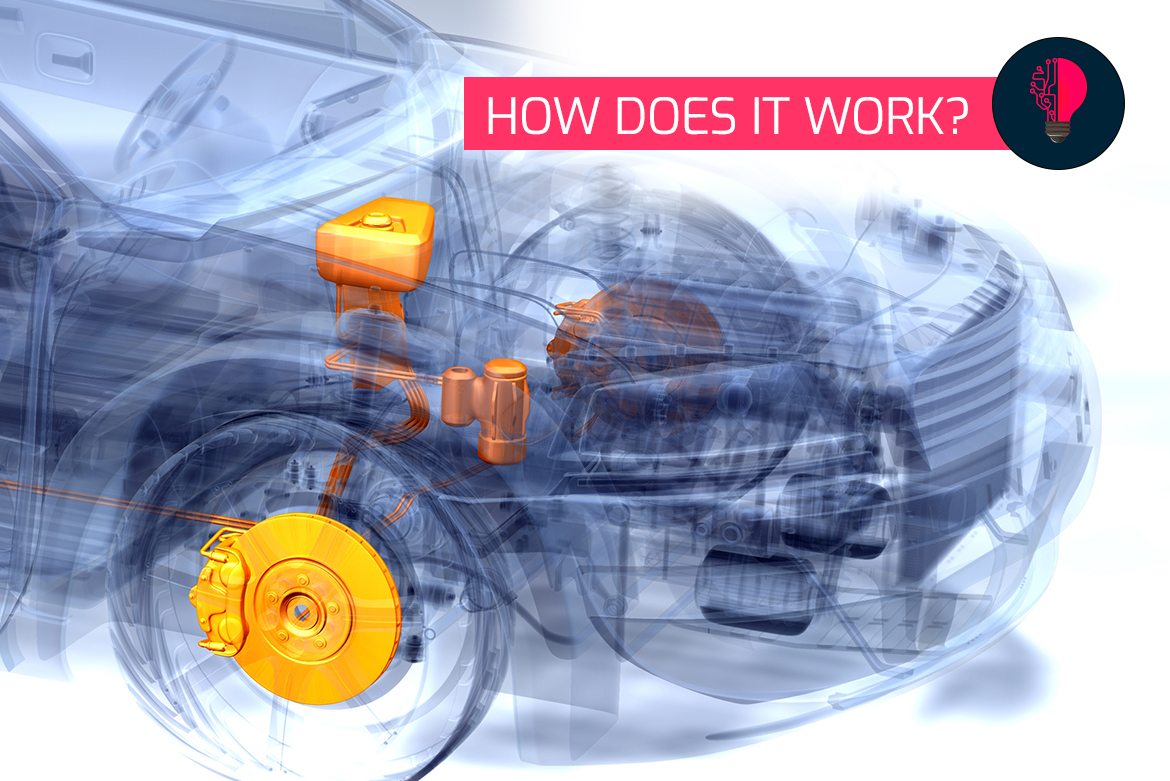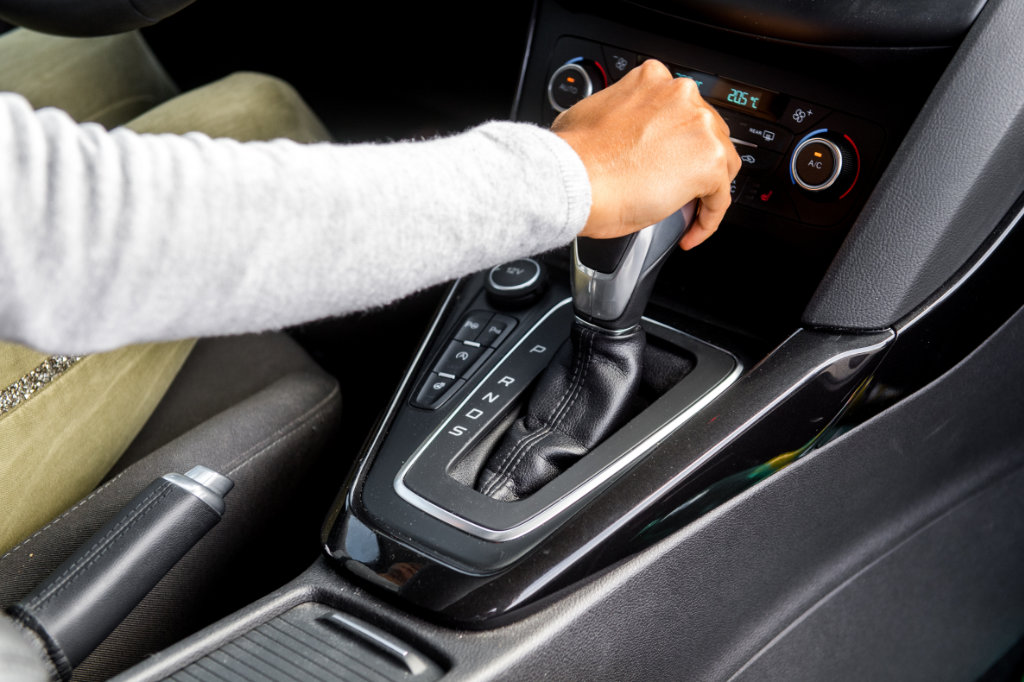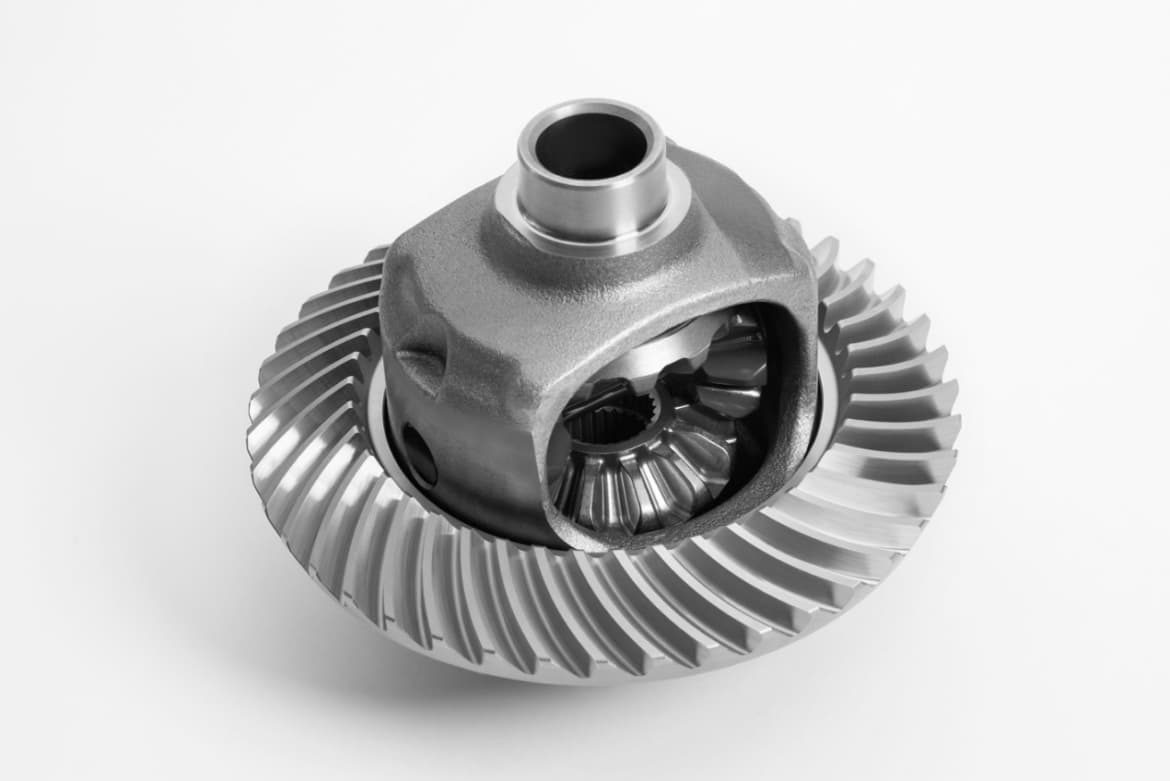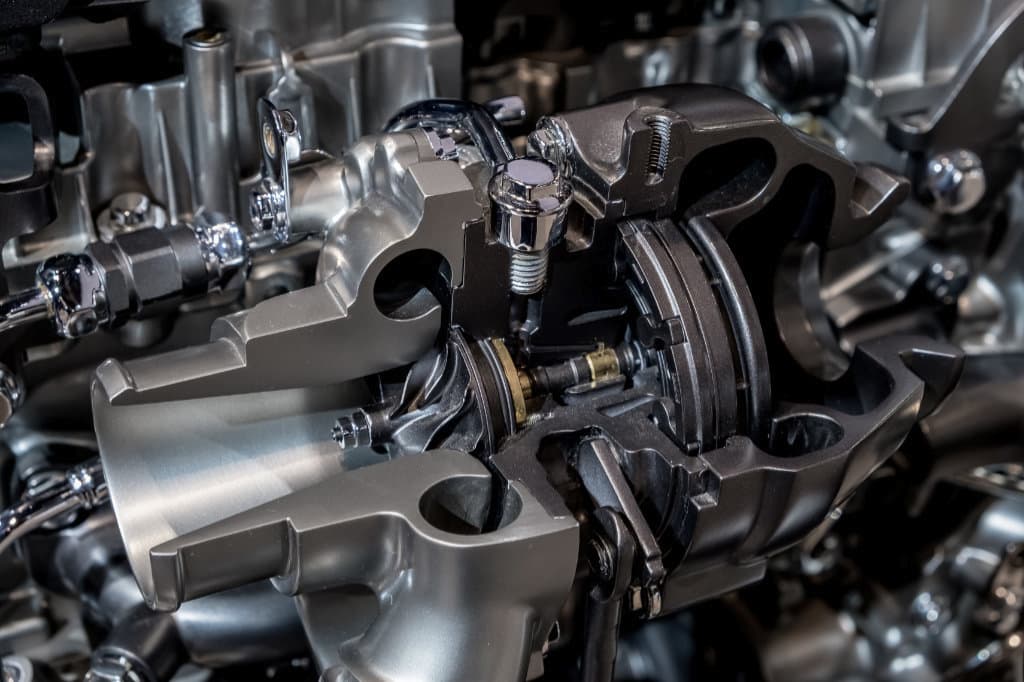Planetary gears have been around for over 200 years – the first one was used in a steam engine at the beginning of the 19th century. The technology is still indispensable in cars, for example. What distinguishes the whole thing in detail and what are the differences in design?
How does it work
CV joints are indispensable, especially in vehicle construction. Their greatest strength: they transmit the rotational movement between two shafts completely uniformly. As a result, there is no “jerking” or similar, which would put unnecessary strain on all the components involved. We have compiled some fascinating information about this invention here.
The future is “under power”: electric motors will be used in many places in the future – from cars to heating systems – in order to avoid the consumption of fossil fuels. The basic principle of a conventional electric motor is always the same: magnetic fields drive a shafts. How exactly does it work?
The forces in a transmission are not always transmitted with the help of gears. There are exceptions, such as the CVT transmission, in which a steel belt or a multi-plate chain moves on conical pulleys. We explain exactly how this works here. There is also some interesting information about this invention, which dates back to the 19th century.
At first glance, it seems quite simple: brake pads press against the brake disk, friction is generated and the vehicle slows down – this is the basic function of the disc brake. In reality, however, a great deal of know-how goes into this car system. What is important in detail?
1. Name
In a traditional automatic transmission, a torque converter is installed between the engine and transmission. This core component contains an impeller, turbine wheel and a guide wheel. Driven by the engine, the impeller blade catch oil in the housing which creates a flow that will delayed drive the turbine wheel. This principle ensures a smooth startup and separates the drive train from the engine’s vibrations (referred to as engine irregularities).
1. Why do cars even have differentials?
There are no cars that don’t have differentials in them—otherwise we would be driving through tight curves with the wheels spinning and tires screeching. This essential component is located in the center of the drive axle, where its function is to make sure that the two wheels can turn at different speeds when driving around curves, while nonetheless having exactly the same propulsive power. The torque of the motor is always divided in a fixed ratio.
By the way: All-wheel drive vehicles have a differential on each axle, plus a central differential that distributes the engine power between the axles in a given ratio.
Historically, the power of a car’s engine was dependent on the number and size of cylinders – today, that’s a thing of the past! Electronic engine control, turbochargers or compressors are responsible for the overall performance. The turbocharger has a particularly important role—a Swiss invention dating back to 1925, the turbocharger was used to considerably increase engine power. What distinguishes this component, why is it increasingly important and what are the benefits of using electrochemical machining? —Five interesting facts about turbochargers:
- 1
- 2
